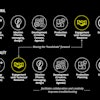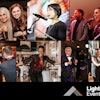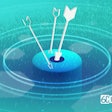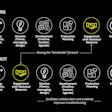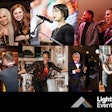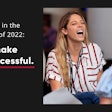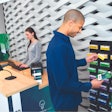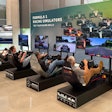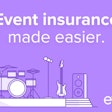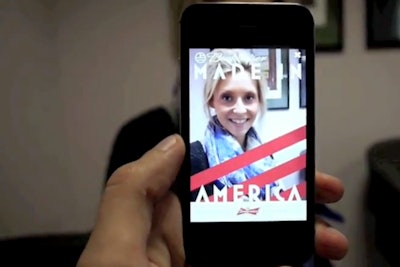
Blippar is an image-recognition app that brings interactive experiences and content into a user’s smartphone. The company is working with brands such as Coca-Cola, Anheuser-Busch, L’Oréal, and Best Buy to engage consumers via print materials, packaging, and events. The free-to-download app scans and recognizes graphic images such as logos and ads and then instantly displays interactive content on the device. According to Lisa Hu, Blippar’s vice president of business development for the United States, that content can be anything the brand or event host wants to share.
“We say, 'Blipp to inform, Blipp to reveal, Blipp to buy'—similar to how people say, 'Google this' or 'Shazam that,'” Hu said. At Budweiser’s Made in America festival last year in Philadelphia, the Blippar app could scan the event brochure, instantly connecting users to a variety of content such as videos from the bands playing, an event calendar, a clock that counted down to upcoming performances, and a virtual photo frame that was shareable on social networks. (See a demo here.)
Blippar also can link to real-time polling, games, and virtual experiences such as Maybelline’s ad that allowed users to try nail polish on a photo of their hand. The interaction can be combined with geotagging, meaning it would vary depending on the physical location or time of day the user activated the app.
Hu said most clients use Blippar to link to three or four difference experiences. During New York Climate Week last year, organizers created flyers that could be scanned with the app and linked to event information, facts about energy consumption, a video, and a coupon for a free beer at one of the official parties.
At the end of a campaign, Blippar provides data to the client including the number of people that scanned the image, the average time spent interacting, a time chart of when interactions occurred, a street-level heat map showing where people were when they scanned the image, and conversions such as how many people clicked through to additional features or shared on Facebook.
“When you hold your phone up to an image or product, it takes just seconds to get that experience on your phone," Hu said. "Once you get that experience, that’s when people really start engaging, whether playing a game or doing polling or whatever, and that average time spent is two and half minutes. That’s powerful for brands because that is people pulling in content. It’s not being pushed to them.”
Blippar launched in London in 2011 and opened a New York office in August 2012. Hu estimates the app has three million worldwide users, a third of which are in the United States.

